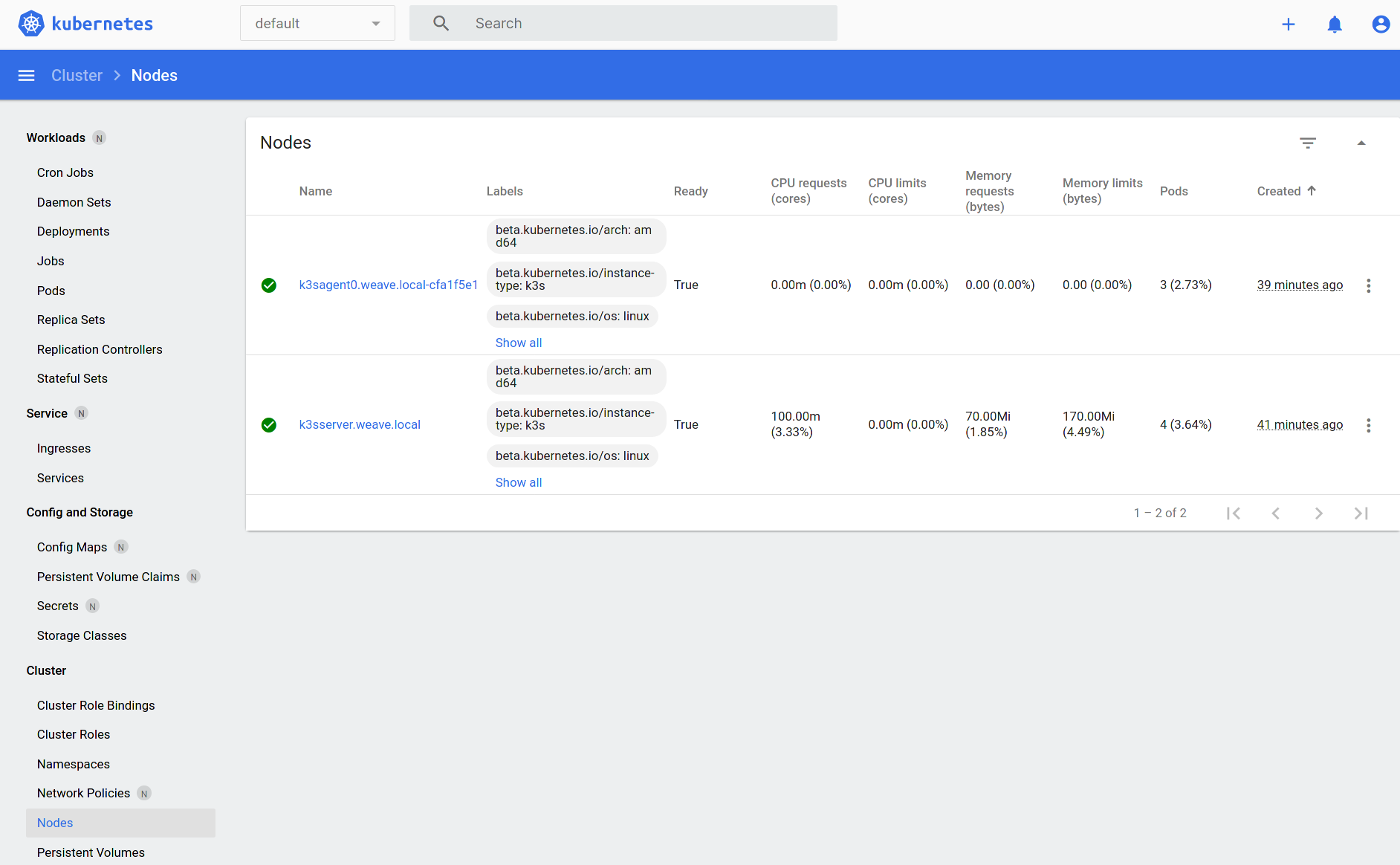M3s, the Kubernetes Framework for Apache Mesos
With M3s, I create the ability to run Kubernetes Cluster on Apache Mesos very quickly and easily. The clusters are separated from each other and can thus be operated on a per-client basis.
In just a few steps, Kubernetes can be launched on an existing Apache Mesos stack.
1) In this example we use the pre-compiled binary version of M3s. The latest developer version can be found in our Github Repository as Artifact under the respective “Binary Build”. It is worthwhile to use these for tests.
2) M3s needs some parameters to connect to Mesos. The following serve only as an example.
❯ export MESOS_SSL=false
❯ export DOCKER_CNI=mini
❯ export LOGLEVEL=DEBUG
❯ export AUTH_USERNAME=user
❯ export AUTH_PASSWORD=password
❯ export VOLUME_K3S_SERVER=local_k3sserver
❯ export K3S_TOKEN=df54383b5659b9280aa1e73e60ef78fc
❯ export DOMAIN=.mini
❯ export BOOTSTRAP_URL=https://raw.githubusercontent.com/AVENTER-UG/mesos-m3s/master/bootstrap/bootstrap.sh
❯ export K3S_AGENT_LABELS=[{"key":"traefik.enable","value":"true"},{"key":"traefik.http.routers.m3s.entrypoints","value":"web"},{"key":"traefik.http.routers.m3s.service","value":"m3s-http"},{"key":"traefik.http.routers.m3s.rule","value":"HostRegexp(`example.com`, `{subdomain:[a-z]+}.example.com`)"}]
The variable K3S_AGENT_LABELS gives the possibility to create labels for Traefik or other load balancers connected to mesos. In the example given here are labels for our Traefik Provider.
3) Before we launch M3s, we create in Docker in dedicated network.
docker network create --subnet 10.40.0.0/24 mini
4) Now M3s can be started:
❯ ./mesos-m3s
After a short time, the corresponding M3s tasks appear in the Mesos GUI:

5) With the M3s Mesos CLI plugin we can export the required Kubernetes configuration:
❯ mesos m3s list
ID Active WebUI Name
2f0fc78c-bf81-4fe0-8720-e27ba217adae-0004 True http://andreas-pc:10000 m3s
❯ mesos m3s kubeconfig m3s > ~/.kube/config
How to install the plugin can be read here hier.
If the mesos cli is not available to us, we use the API call:
❯ curl -k -X GET -u user:password http://127.0.0.1:10000/api/m3s/v0/server/config > ~/.kube/config
Afterwards all kubectl commands are available
❯ kubectl get nodes
NAME STATUS ROLES AGE VERSION
k3sagent0.weave.local-170d0b36 Ready <none> 4m5s v1.21.1+k3s1
k3sserver.weave.local Ready control-plane,master 5m7s v1.21.1+k3s1
If a working mesos cli is not available, we can also export the kubeconfig using curl:
❯ curl -X GET http://127.0.0.1:10000/v0/server/config
The IP address specified is that of the framework. If the variable AUTH_USERNAME/PASSWORD has been set, these must also be assigned to curl.
6) Access to the Kubernetes Dashboard:
❯ kubectl -n kubernetes-dashboard describe secret admin-user-token | grep '^token'
❯ kubectl proxy

More Projects
- Provider for Apache Airflow 2.x to schedule Apache Mesos
- Mini Cluster - Docker Extension
- Docker Volume service RDB (deprecated)
- Docker Volume service S3
- M3s, the Kubernetes Framework for Apache Mesos
- Mesos-Compose Framework for Apache Mesos
- Firecracker Executor for Apache Mesos
- AI for Apache Mesos with Tensorflow
- Provider for Traefik to use Apache Mesos
